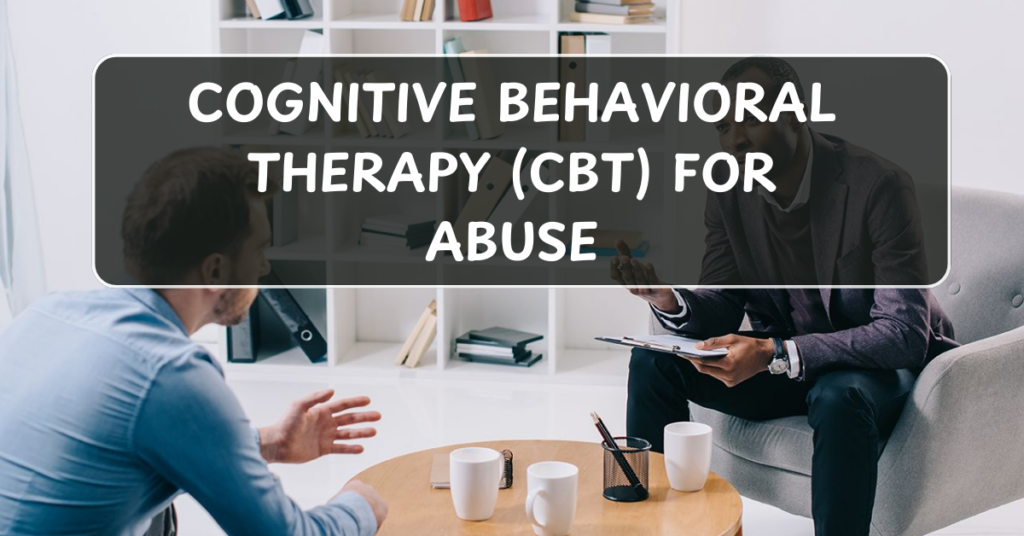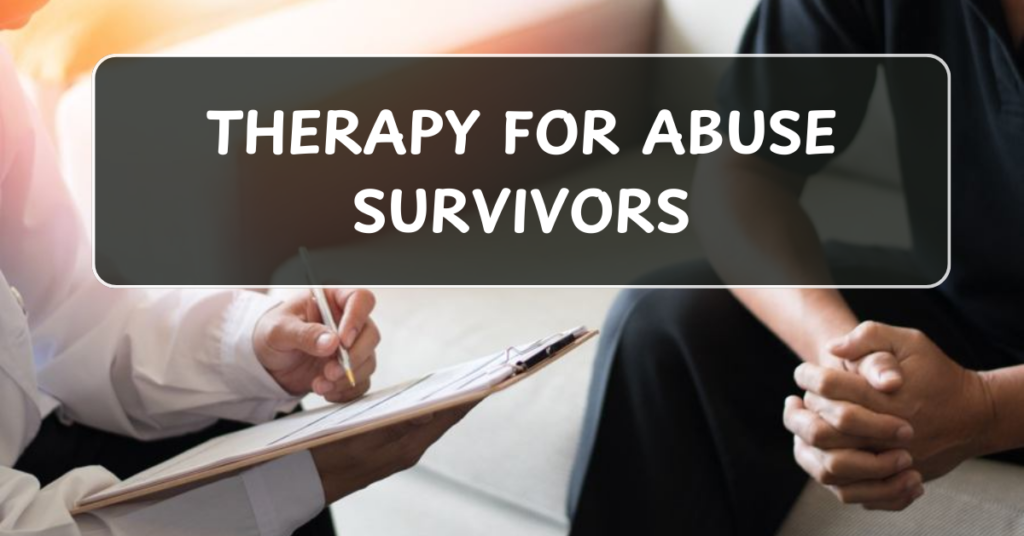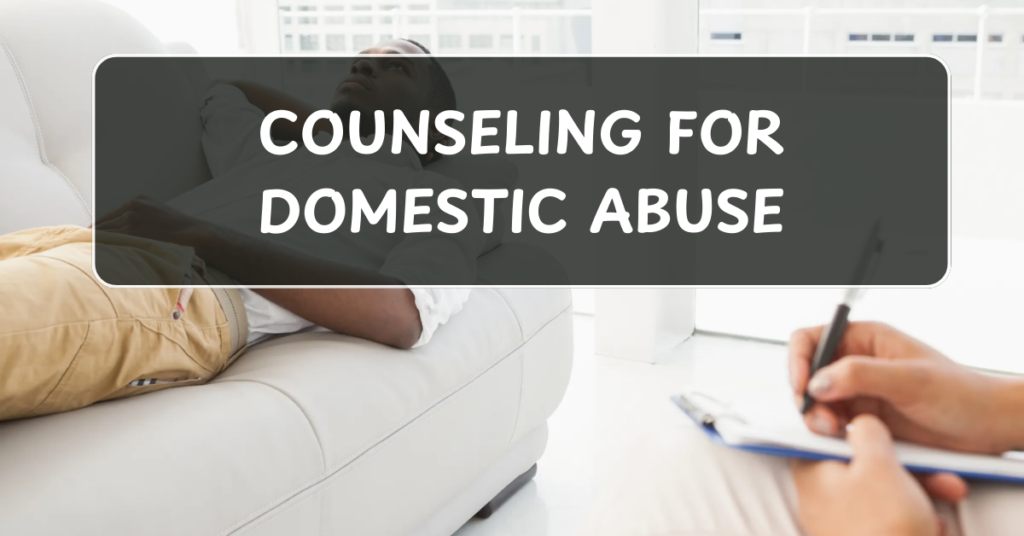
Cognitive Behavioral Therapy (CBT) is one of the most widely used therapeutic approaches for helping individuals heal from the trauma of abuse. Whether it’s physical, emotional, or sexual abuse, survivors often experience deep psychological scars that can affect their relationships, self-esteem, and overall mental well-being. CBT offers a structured and evidence-based method to address the cognitive and emotional patterns that stem from abusive experiences. In this article, we will explore how CBT works for abuse survivors, its benefits, and how it can support healing and empowerment.
>> This CBT Book Is EXTREMELY Helpful – Click Here to Check It Out <<
1. What is Cognitive Behavioral Therapy (CBT)?
- Understanding CBT: CBT is a type of psychotherapy that focuses on the connection between thoughts, feelings, and behaviors. It operates on the principle that our thoughts influence our emotions and actions. By identifying and challenging negative or distorted thought patterns, CBT helps individuals replace them with more balanced, realistic ways of thinking.
- CBT for Abuse Survivors: For survivors of abuse, CBT helps address the negative beliefs they may have developed about themselves, their relationships, and the world due to their traumatic experiences. This form of therapy can guide them in reframing their thoughts, challenging harmful beliefs, and learning healthier ways to cope with emotional pain and trauma.
2. How CBT Helps Abuse Survivors
- Identifying Negative Thought Patterns: Abuse often leaves individuals with deeply ingrained negative thought patterns, such as feelings of shame, guilt, worthlessness, or fear. CBT helps survivors identify these automatic thoughts and recognize how they influence their emotions and behaviors.
- Example: A survivor might have the thought, “I am unworthy of love,” stemming from emotional abuse. CBT helps them challenge this thought and replace it with a healthier belief like, “I deserve love and respect.”
- Challenging Cognitive Distortions: Cognitive distortions are irrational thought patterns that often reinforce feelings of inadequacy and hopelessness. Survivors of abuse may experience common cognitive distortions, such as:
- Catastrophizing: Expecting the worst outcome, such as thinking, “If I make a mistake, it will ruin everything.”
- Overgeneralization: Believing that one negative experience defines all future experiences, like “Everyone I meet will hurt me.” CBT helps individuals recognize and challenge these distortions, replacing them with more balanced and realistic perspectives.
- Rebuilding Self-Esteem: Abuse survivors often struggle with low self-esteem, believing that they are flawed or unworthy of care. CBT helps individuals reframe negative self-talk and promote self-compassion, empowering them to regain a positive sense of self.
- CBT exercises like self-affirmation and cognitive restructuring can encourage survivors to focus on their strengths and capabilities, rather than their perceived flaws.
- Developing Healthy Coping Mechanisms: Emotional regulation and coping with distressing memories are essential parts of trauma recovery. CBT teaches abuse survivors effective coping strategies, such as relaxation techniques, grounding exercises, and mindfulness practices, to manage anxiety, panic, or intrusive thoughts related to their abuse.
- Example: When faced with a trigger, such as a memory of abuse, CBT helps the survivor practice grounding techniques to stay present and reduce overwhelming feelings.
3. How CBT Addresses Trauma in Abuse Survivors
- Trauma-Focused CBT: For those dealing with post-traumatic stress disorder (PTSD) or other trauma-related issues, trauma-focused CBT (TF-CBT) can be especially beneficial. TF-CBT combines traditional CBT with specific techniques to process trauma, reduce the emotional intensity of traumatic memories, and alleviate symptoms of PTSD.
- Processing and Reframing Trauma: A core component of CBT for abuse survivors involves processing traumatic memories and reframing the negative beliefs that have developed from the abuse. Survivors may have internalized harmful messages, such as “It was my fault” or “I deserved it.” CBT helps individuals challenge these beliefs and replace them with healthier, more empowering thoughts.
>> This CBT Book Is EXTREMELY Helpful – Click Here to Check It Out <<
4. CBT Techniques for Abuse Survivors
- Cognitive Restructuring: This technique involves identifying and challenging distorted thoughts and replacing them with more positive, rational beliefs. For example, if a survivor believes, “I am not good enough,” CBT helps them reframe this thought to, “I am worthy of love and respect.”
- Behavioral Activation: Often, survivors of abuse may withdraw from activities or isolate themselves due to fear, shame, or depression. Behavioral activation encourages individuals to re-engage with activities they once enjoyed, helping them regain a sense of purpose and self-worth.
- Exposure Therapy: For survivors of trauma, exposure therapy can help them confront and process distressing memories or situations in a safe, controlled environment. The goal is to reduce the emotional distress associated with triggers and help individuals feel more in control of their reactions.
- Mindfulness and Relaxation Techniques: CBT incorporates mindfulness and relaxation exercises to help survivors manage anxiety, depression, and stress. These techniques promote emotional regulation and help individuals stay grounded in the present moment.
5. The Benefits of CBT for Abuse Survivors
- Breaking the Cycle of Abuse: One of the most important benefits of CBT for abuse survivors is its ability to break the cycle of self-blame, fear, and hopelessness that often follows abuse. By challenging negative thought patterns, survivors can stop the cycle of self-doubt and take control of their healing journey.
- Empowering Survivors: CBT encourages survivors to become active participants in their healing process. By learning to identify and change their thought patterns, they can reclaim a sense of agency and empowerment in their lives.
- Improving Emotional Regulation: CBT helps survivors learn to manage and regulate their emotions, reducing feelings of overwhelm or emotional reactivity. This emotional regulation is crucial for maintaining healthy relationships and coping with daily stressors.
- Long-Term Healing: CBT not only addresses immediate trauma-related symptoms but also helps survivors build long-term resilience by teaching them practical skills to handle future challenges.
6. Finding the Right Therapist for CBT
- Look for Trauma-Informed Therapists: When seeking a CBT therapist for abuse, it’s important to find someone who is trained in trauma-informed care. These therapists understand the unique needs of abuse survivors and can provide a safe, supportive space for healing.
- Consider Online Therapy Options: For those who may not have access to in-person therapy, online therapy platforms like BetterHelp and Talkspace can connect you with licensed therapists who specialize in trauma and abuse recovery.
- Check Credentials and Experience: Ensure that the therapist has experience working with abuse survivors and is familiar with trauma-focused CBT. Look for therapists who specialize in CBT or trauma therapy and have a proven track record of helping individuals heal from abuse.
7. Conclusion: Taking the First Step Toward Healing
Cognitive Behavioral Therapy is a highly effective treatment for survivors of abuse, helping them heal from the psychological scars left by traumatic experiences. By addressing negative thought patterns, rebuilding self-esteem, and developing healthier coping strategies, CBT empowers survivors to regain control of their lives. If you or someone you know is dealing with the effects of abuse, reaching out to a CBT therapist can be an important step in the healing process. Remember, you are not defined by your past experiences—healing and growth are possible with the right support.


